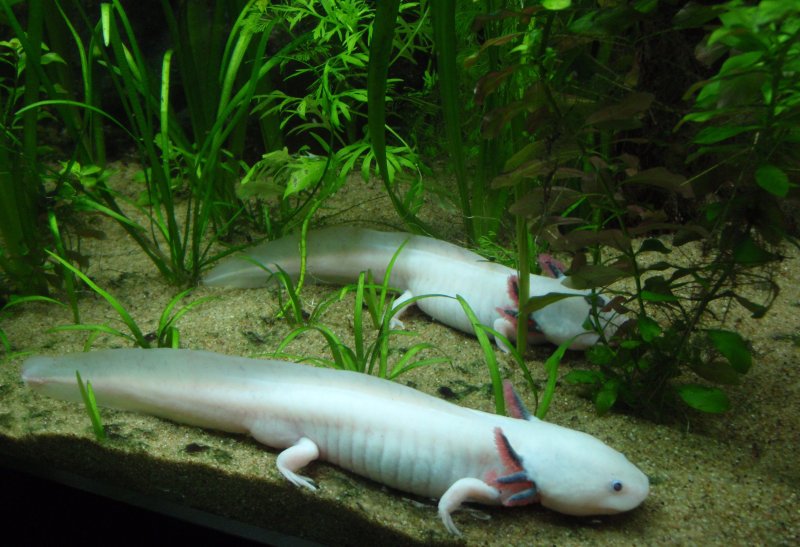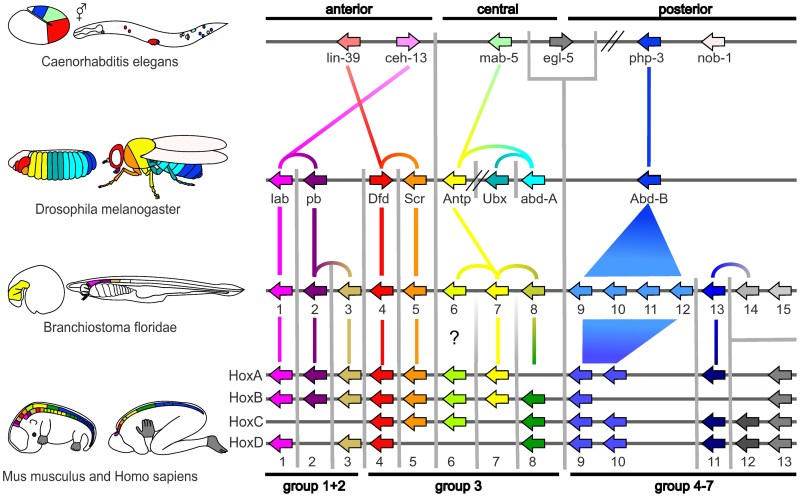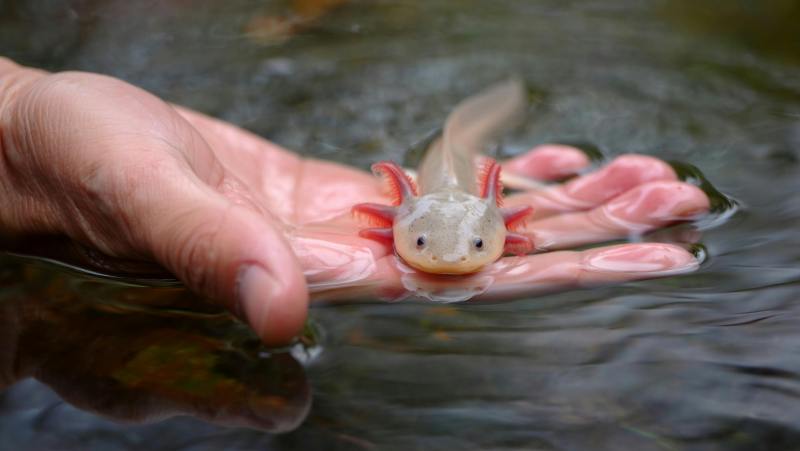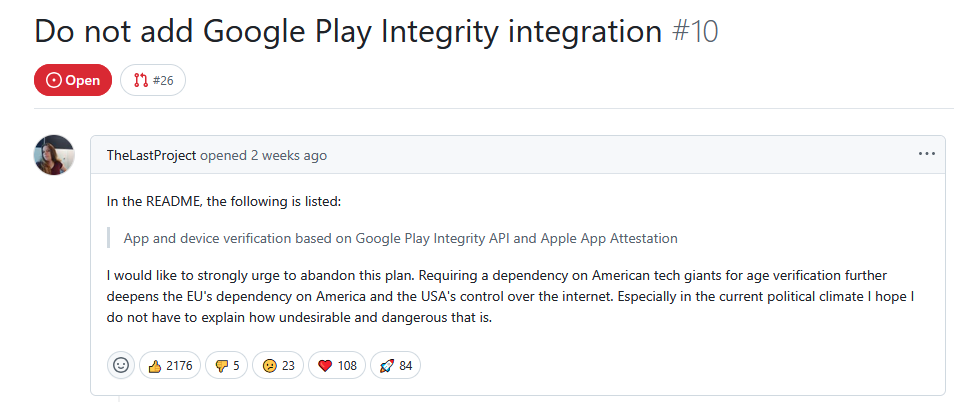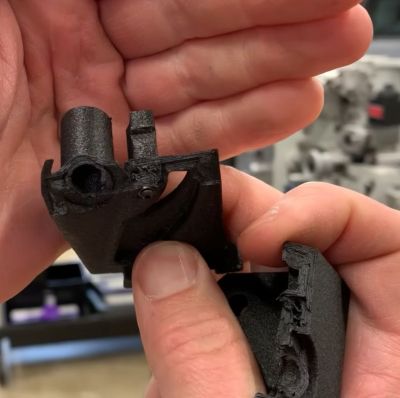Be More Axolotl: How Humans May One Day Regrow Limbs and Organs
Although often glossed over, the human liver is a pretty amazing organ. Not just because it’s pretty much the sole thing that prevents our food from killing us, but also because it’s the only organ in our body that is capable of significant regeneration. This is a major boon in medicine, as you can remove most of a person’s liver and it’ll happily regrow back to its original volume. Obviously this is very convenient in the case of disease or when performing a liver transplant.
Despite tissue regeneration being very common among animals, most mammalian species have only limited regenerative ability. This means that while some species can easily regrow entire limbs and organs including eyes as well as parts of their brain, us humans and our primate cousins are lucky if we can even count on our liver to do that thing, while limbs and eyes are lost forever.
This raises many questions, including whether the deactivation of regenerative capabilities is just an evolutionary glitch, and how easily we might be able to turn it back on.
Regenerating Vs Repair
Even in the absence of a regenerative ability, animals can heal injuries, which generally means the growth of fibrous tissue called scar tissue. This can be observed very clearly on our skin, where certain old injuries tend to remain clearly visible as the scar tissue replaces skin tissue. While made of the same collagen protein as skin tissue, the fiber organization is different and serves no real purpose beyond sealing up a lesion. Scar tissue can form elsewhere in the body too, where it can impede function, as in the heart and lungs.
Both regeneration and repair are a form of healing in an organism, but only the former restores the original functionality, whereas the latter is the biological equivalent of slapping on a duct tape patch and calling it good. This ‘repair’ outcome is effectively an incomplete regeneration process, where instead of the affected site creating the conditions for normal growth – leading to a good-as-new result – you only get the basic scaffolding while certain biochemical pathways are never or insufficiently activated.
Phases of wound healing. (Credit: Mikael Häggström, Wikimedia)
Although it’s often said that the human liver is the sole organ capable of regeneration in our species, it could be argued that our blood vessels are a much better example of regeneration. Within minutes after receiving a cut or bad scrape, any damaged blood vessels are plugged and macrophages along with other specialized cells begin to move into the area as the inflammatory phase begins.
At the end of this phase, angiogenesis commences, which involves existing blood vessels growing new blood vessels into the affected area. In a developing embryo, this is the stage that follows the earliest development of the initial blood vessels through vasculogenesis. In this regard, blood vessels can be said to regenerate themselves in the case of injury. They can also expand into tissues where e.g. hypoxia conditions are present, which triggers the hypoxia-inducible factor (HIF) signaling path.
In the case of wound healing this signal path is stimulated due to the hypoxia condition that exists at the injury site. Although the HIF-related HIF-1α subunit is constantly expressed, oxygen-dependent prolyl hydroxylases (PHDs) normally degrade it and thus downregulating the further responses down this chain.
Another aspect here is the re-epithelization, whereby surrounding skin cells move towards the wound, multiplying until the signals that induce this growth are downregulated below a critical threshold. Based on research the same HIF pathway is implicated here. For example, in a 2015 study in Science Translational Medicine Yong Zhang et al. reported that forced upregulation of HIF-1α was able to induce full regeneration of a hole punched in the ears of mice who normally just show scarring.
This indicates that boosting the HIF signaling pathway might be a viable way to prevent scarring and induce full regeneration of certain types of wounds to the skin.
Blastema Limbo
Two Ambystoma mexicanum axolotl at the Vancouver Aquarium. (Credit: ZeWrestler, Wikimedia)
The HIF signaling pathway is an example of a basic regeneration pathway involving a single organ (i.e. the skin). Things get more complicated when there’s the removal of something to the extent of a limb. Among mammals regenerating ability is limited, with some species like rabbits still possessing the ability to regenerate holes in their ears while other species, including humans, are not creating the requisite blastema of undifferentiated cells after an amputation.
The axolotl is one of the most studied species when it comes to tissue regeneration. Similar to other salamanders they possess a remarkable ability to regenerate many parts of their body, with the axolotl capable of regenerating their limbs, gills, eyes and parts of their brain. Although annelids (segmented worms) and echinoderms like starfish are capable of even more extreme forms of regeneration, axolotls are significantly more akin to us mammals than either of those.
Incidentally, similar research in fruit flies (Drosophila melanogaster) has led us to the highly conserved Hippo signaling pathway. This particular signaling path is essential in determining how big an organ is supposed to be, such as when a human liver is chopped up in vivo and has to regrow back to its original size.
New Limb Cap
When an axolotl suffers severe injury like the loss of a limb or a gill, the surface where the amputation occurred gets covered up by epidermal cells, forming the wound epithelium (WE). This is the point where for human and other mammals the process pretty much ends with a stump covered up by skin. In the case of the axolotl, however, this WE keeps gathering epidermal cells, forming the apical epithelial cap (AEC).
Inside this AEC the tissues then undergo dedifferentiation into a blastema – led by signals from macrophages – effectively resetting the tissues here to a much earlier, embryonic state of development. Under the influence of Hox genes which regulate the body’s layout, the AEC subsequently grows as it would have done previously with the very young axolotl until the entire limb, gill, eye, etc. has been regrown.
Hox protein classification across model organisms by CLANS analysis, (Credit: Hueber et al., 2010)
The trick is thus to take these identified signaling pathways, establish in how far they have been preserved in other animals – like us primates – and whether we can easily re-enable them in some way, whether permanently or temporarily. After all, it worked once when we were still embryos, ergo by resetting the cellular clock on part of our bodies it would simply run through the same biochemical steps again.
Still A Lumpy Road Ahead
Of course, this involves developmental biology, biochemistry and genetic research, meaning that clear answers are rarely found and require immense amounts of research and study to unravel how all of these signaling pathways work, while maybe finding a few more ones along the way. The upshot of course is that the field of regenerative medicine can have massive implications for human health, ranging from the ability to treat many (genetic) disorders related to faulty signaling pathways to the ability regrow limbs, eyes and more.
It’s likely that regenerating skin and directly related tissues in human patients will be one of the first widescale applications of these findings, with recently Weifeng Lin et al. publishing a study in Science involving regrowing a damaged outer ear (pinna) of mice and rats through the addition of retinoic acid (RA), a key element in embryonic development. Specifically they identified that in non-regenerative species of rats and mice the Aldh1a2 gene was not expressed as much as it was in species who do regenerate, which reduces the amount of available RA from the retinaldehyde precursor.
Although there’s a lot that can be said about the pros and cons of turning back on genes that haven’t been active since we were either an embryo or a still-growing-child, understanding these biochemical pathways offers us the prospect of bypassing them in order to restore that which once was thought to be lost forever. Even if we won’t be regrowing limbs yet next year, we might be giving people back their pinna, digits, faces and erase old scars before we know it.
“Closeup of Axolotl in Hand” by [Yaiol AI]
“Purple Tropical Axolotl” by[ Raphael Brasileiro]
hackaday.com/2025/07/28/be-mor…

